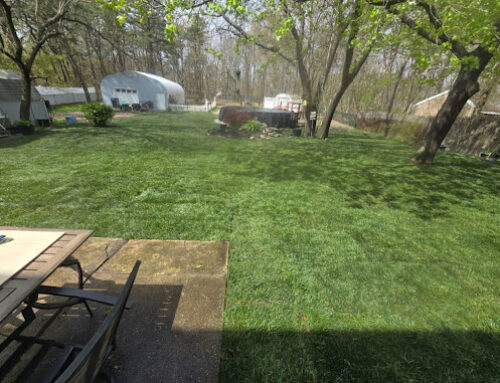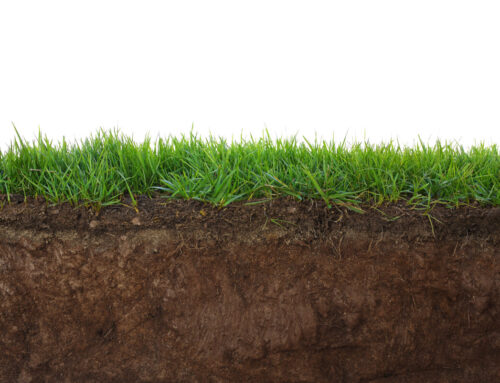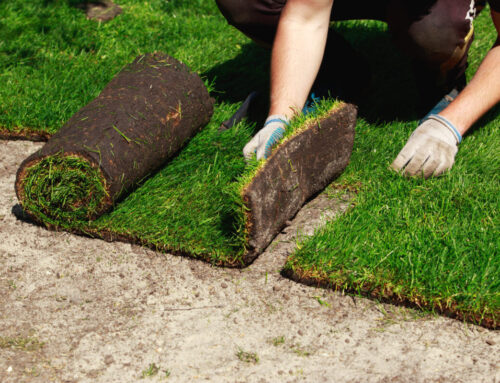Rainy days might seem like the worst time to install sod, but in many cases, they can actually help—if the conditions are right. New Jersey weather is known for its unpredictability, so homeowners often wonder: Should I postpone my sod delivery or go ahead despite the rain?
Pros of Installing Sod in the Rain
- Natural Moisture: Rain can help hydrate both the soil and the sod without the need for immediate watering.
- Easier Soil Prep: Damp soil is easier to till and grade than dry, compacted soil.
- Reduced Watering Needs Post-Install: If timed well, a light rain can kickstart the root-establishment process.
Cons and Cautions
- Mud and Mess: If the ground is waterlogged, sod can sink or shift. Avoid laying sod in standing water or saturated soil.
- Compaction: Walking on muddy ground can compact the soil, which reduces airflow and water absorption.
- Slippage on Slopes: Sod is more prone to slipping on inclines when the ground is wet. Use stakes or netting to secure it.
- Damage to Soil Structure: Excess handling of wet soil may clump and create uneven surfaces.
Ideal Rainy Conditions for Sod Installation
- Light to moderate rain is fine, especially if the soil is still draining well.
- Wait until heavy rain passes and puddles dissipate before beginning.
- Cloudy, cool days following rain are ideal for reducing transplant shock.
If You Must Delay
- Store sod in a shaded, cool area and avoid stacking rolls more than 2 high.
- Unroll and lightly mist the top layers to prevent overheating.
- Use the sod within 24–36 hours of delivery.
Ultimately, installing sod in the rain can work in your favor if managed properly. Avoid saturated or flooded areas and focus on soil prep and securing the rolls. For best results, consult with a sod expert or landscaper in New Jersey who understands your property’s drainage and soil profile.






